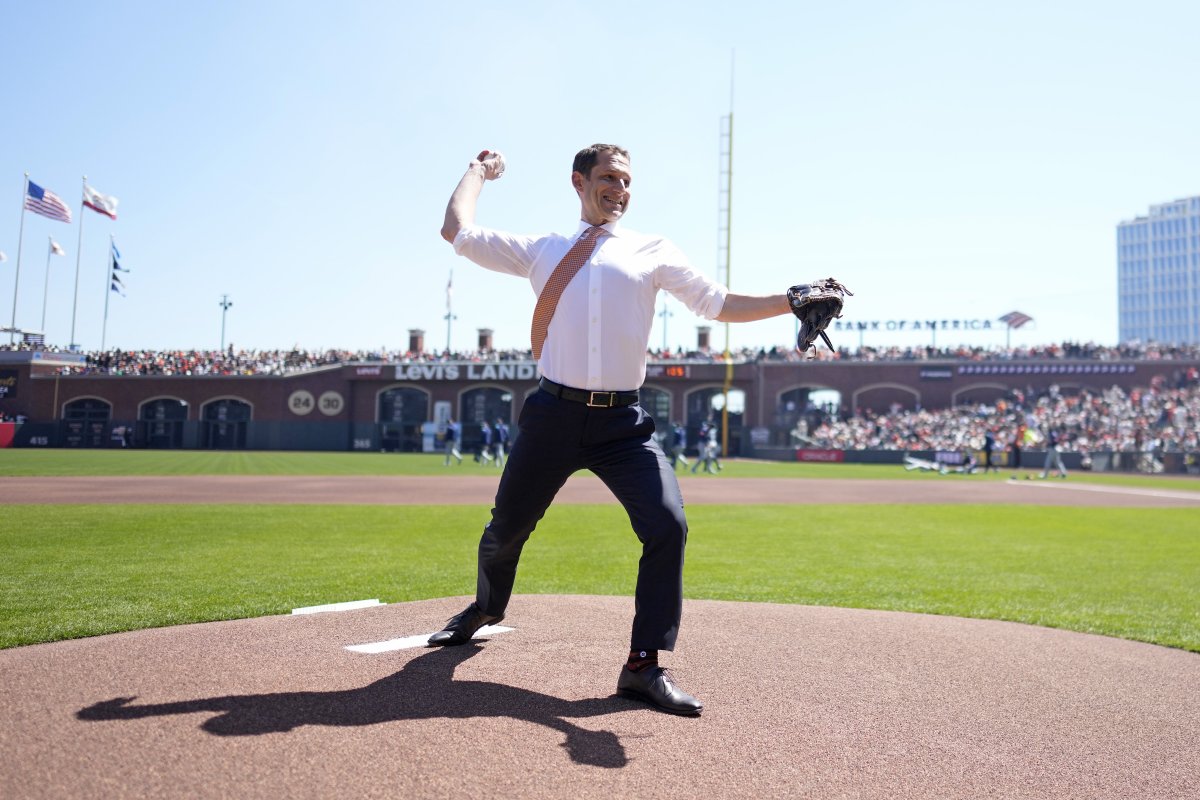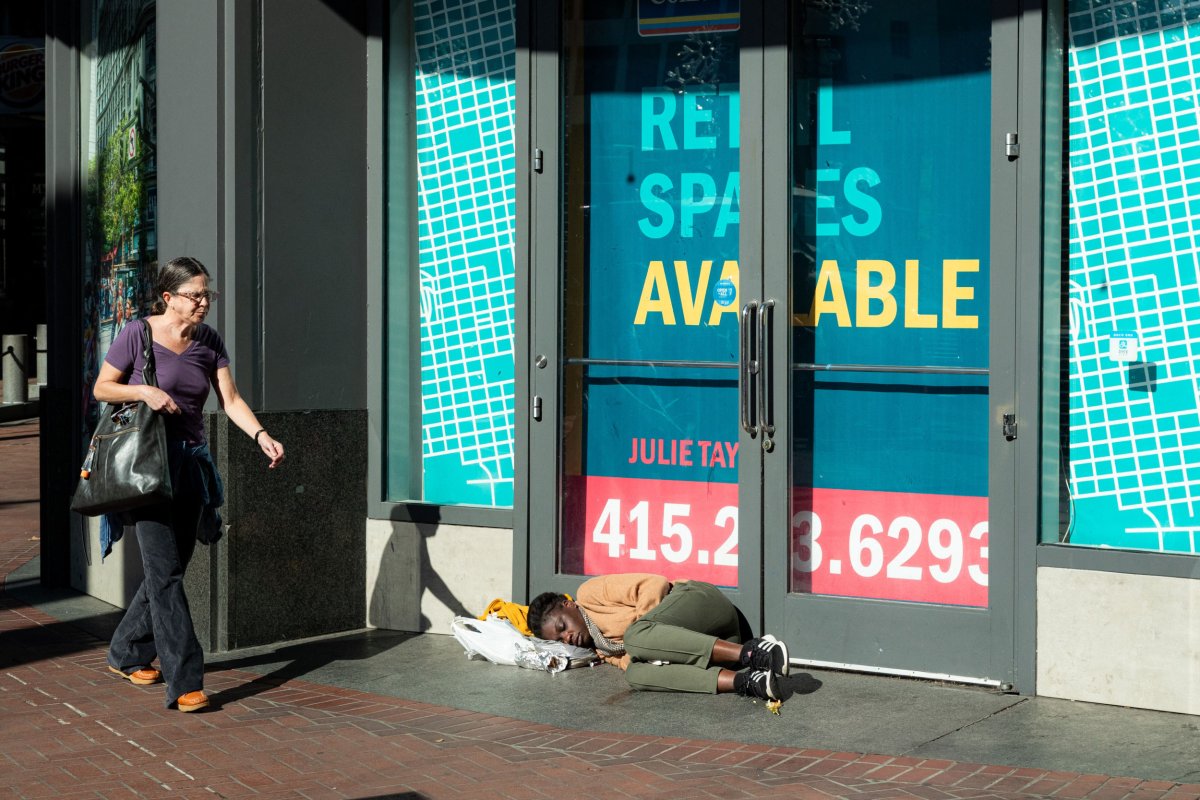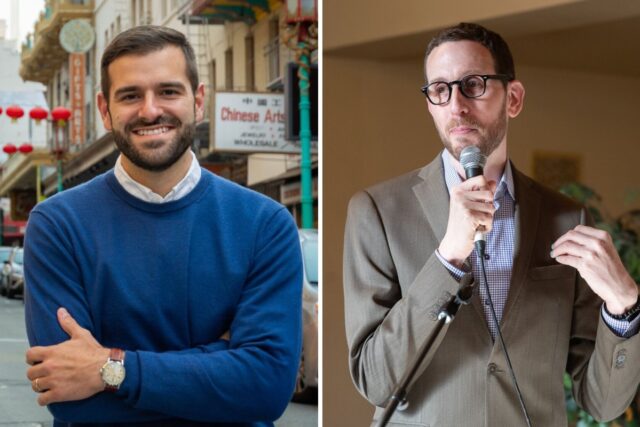“You can’t go into San Francisco. It’s not livable. Fifteen years ago, it was the best city in the country, one of the best cities in the world, and now you can’t do anything.”
That was President Donald Trump speaking on the campaign trail in 2024, offering a grim portrait of a city he claimed had become a cautionary tale of liberal governance. The idea of a “no man’s land” city landed easily on social media and cable news, tapping into years of headlines about crime, homelessness and the tech exodus.
“San Francisco was the best city of the country and one of the best cities in the world. Kamala has completely destroyed it. It’s literally not liveable.”
一 Donald Trump pic.twitter.com/Npt5bkQNxN
— DogeDesigner (@cb_doge) October 1, 2024
But on the ground in San Francisco, a very different picture is emerging—one of slow but measurable recovery, image repair and political recalibration.
With new leadership and renewed energy in City Hall, signs of economic recovery downtown and notable public safety gains, the City by the Bay is attempting a reinvention rooted in pragmatism, old money, and a new centrist narrative that cuts against its reputation of being an experiment in progressive politics run wild. Daniel Lurie, San Francisco’s recently elected mayor and heir to the Levi Strauss fortune, has emerged as a steady hand.
“There’s a renewed optimism in San Francisco,” said Danny Sauter, a Democrat serving as District 3 Supervisor, whose district includes North Beach, Chinatown and parts of downtown.
“For the first time in probably six or seven years, more residents are saying they believe the city is on the right track,” he told Newsweek in an interview.
Danny Sauter / Getty Images
After years of skepticism and ridicule—often amplified by national figures like President Trump and Tesla CEO Elon Musk, who once compared the city to a town from “The Walking Dead” — local officials are beginning to see a shift in tone.
“People love writing San Francisco’s obituary, but every time the world declares us dead, we come roaring back stronger,” California State Senator Scott Wiener, another Democrat, told Newsweek. “We’ve worked to make San Francisco more welcoming for business, including through tax reforms and improvements to public safety and public spaces.”
Central to the city’s turnaround narrative are its improving crime statistics. Homicides have plummeted to their lowest level in six decades, with just 56 recorded in 2024, according to data published by city officials in February. That figure represents a 34 percent decrease from 2023.
Behind the decline in homicides was a focused effort by the San Francisco Police Department (SFPD) to reduce shootings, which have historically been the leading cause of killings in the city. According to year-end data provided by the SFPD to Newsweek, firearm-related homicides dropped by 31 percent, while non-fatal shootings fell by 19 percent over the course of last year.
District Attorney Brooke Jenkins, who was appointed after voters recalled ultra-progressive D.A. Chesa Boudin, credited improved collaboration with law enforcement as a key factor.
“We built strong partnerships with SFPD and other agencies—relationships that were very strained before,” Jenkins told Newsweek in an interview on Friday. As part of that effort, Jenkins said the D.A.’s office and police have also expanded surveillance across the city to strengthen investigations and support prosecutions.
The momentum has continued into 2025. SFPD data shows that homicides between January 1 and April 14 dropped by another 56 percent compared to the same period in 2024.
“This progress reflects our commitment to public safety while continuing to build trust in our communities,” Mayor Lurie said in a public statement announcing the data.
‘Changing the Conversation’
Perhaps the most noticeable change for San Franciscans is the shift in tone and visibility. While former Mayor London Breed was known for her speeches, she often struggled to turn her leadership into tangible results—a factor that contributed to her reelection loss.
Although a Democratic victory was never in question — 63 percent of the city’s registered voters are Democrats — Mayor Lurie, who took office early this year, has adopted a more visible, hands-on approach. San Francisco Chronicle columnist Emily Hoeven called it “Trump-like” in its focus on optics and media control.

Photo by Suzanna Mitchell/San Francisco Giants/Getty Images
Hoeven wrote in an April column there was no denying Lurie “has changed the conversation around San Francisco, even if the substance is still catching up to the slogans.”
That energy follows years of political turmoil in the city once known as the “Paris of the West.” In 2022, voters recalled Boudin, the progressive D.A. known for his criminal justice reform policies, amid growing frustration over crime and a sense of lawlessness. Former Mayor Breed responded by boosting police funding and focusing on public order, but her administration struggled with rising public safety concerns, slow police response times and backlash to widespread “defund the police” rhetoric.
“Toward the end, she became increasingly conservative,” one resident wrote of Breed in the San Francisco subreddit, often called the city’s digital town hall (Reddit has been based in San Francisco for nearly 20 years).
Breed’s base eroded as the city’s moderate coalition, backed by tech donors and a growing bloc of Asian American voters, pushed for tougher stances on crime. At the same time, progressives held sway on issues like housing, where some of the most restrictive zoning in the country kept resident development stalled even as homelessness and encampments spread.

Photo by JASON HENRY/AFP via Getty Images
Into that vacuum stepped Lurie, a wealthy political newcomer with deep local roots and a deft media strategy. “Lurie walks around the city, talks to people, visits troubled areas, listens to neighbors—he’s very hands-on,” said one longtime resident in a statement to Newsweek. “He’s no different politically, but he brings strong energy.”
That shoe-leather strategy has helped shift the narrative. “Public perception had been gradually improving, but it really accelerated recently,” Wiener, the state senator, said. “We’re seeing more visitors posting on social media about how great their time was in San Francisco. Many say they were misled about how bad it was.”
i don’t know what sf’s PR team is doing but i’ll do the work for them
i just wandered 20 minutes on a beautifully clean market street, no rotten smell, no people screaming in my face, no one doing heroin. this is powell station: pic.twitter.com/5SSkxhmQrd
— gabriel (@GabrielPeterss4) April 18, 2025
Signs of Life Downtown
While downtown San Francisco remains under pressure—with high office vacancy rates and many shuttered storefronts —signs of life are returning. In April, the retailer Zara reopened a new flagship store in Union Square, and Nintendo announced plans for a high-profile retail launch. Major events like the InnoStars conference have drawn business travelers back, offering glimpses of pre-pandemic vitality.
“Businesses, small and large, are starting to take bets on San Francisco and make investments,” said Sauter, the district supervisor. “Residents are seeing improvements in cleaner streets and better city services.”
At the same time, the city is working to renew its identity as a national leader in tech and climate innovation. Recent investments in clean energy and regional AI hubs are attracting both capital and talent. City leaders are also advancing policies on housing, public transit and healthcare—seen as essential to long-term livability in a city where the median home price is about $1.3 million.
Yet for all the momentum, the city is not out of the woods. No one in City Hall or elsewhere is claiming victory. “We still have significant challenges,” Sauter said. “Homelessness, housing shortages, a downtown that’s still partially empty.”
San Francisco’s downtown continues to struggle with a commercial real estate crisis. As of the first quarter of 2025, the city’s office vacancy rate stood at 34.7 percent—up from 33 percent a year earlier, according to Cushman & Wakefield. The tech sector, once the backbone of the city’s economy, has also contracted significantly, with more than 60 companies relocating their headquarters since 2020.
Zara is opening a flagship store in Union Square! This expansion is another vote of confidence in our city. We will continue to work every day to deliver safe and clean streets in Union Square and across the city, and let the world know that San Francisco is open for business. pic.twitter.com/Wi29uXLDpC
— Daniel Lurie 丹尼爾·羅偉 (@DanielLurie) April 7, 2025
Such visual markers of decline remain hard to avoid. While some on the left argue that the narrative around San Francisco’s decay is nothing more than a media construct, it’s no coincidence that it gained traction amid rising public frustration over the vexing and overlapping issues of crime, homelessness and housing costs.
“I think one of the biggest issues we face in San Francisco is the homelessness crisis,” District Attorney Jenkins said. “Many of those individuals are struggling with drug addiction—particularly to fentanyl right now.”
As a warning sign of what can go wrong under progressive leadership, San Francisco—California’s most Democratic county—swung a full 7 points toward the Republican presidential candidate, even with hometown favorite Kamala Harris at the top of the ticket.
“Neither California nor San Francisco can afford to fall into the trap of pursuing anti-Trump posturing at the expense of delivering measurable results for constituents,” Hoeven wrote in a recent op-ed for the Chronicle.
“They now need to demonstrate that they can deliver the basics for their residents: a high-quality public education, safe and clean streets, abundant housing, and an efficient, well-run government.”

Justin Sullivan/Getty Images
There are also concerns about how new enforcement strategies affect marginalized communities. GLIDE, a local social justice organization, told Newsweek on Friday that while fewer reported crimes improve safety, higher arrest rates and expanded surveillance—now including drones, license plate readers and increased filming of “troubled locations”—can disproportionately impact people of color, the homeless and those with substance use or mental health issues.
“It is critical that any use of surveillance tech comes with strong transparency, community input and strict protections to prevent misuse or over-policing of vulnerable communities. Trust between law enforcement and the communities they serve is vital, and any technology must support—not undermine—that trust,” a GLIDE spokesperson said.
In many ways, the city’s struggle to rebound mirrors that of other American cities grappling with the triple shock of COVID-19, economic realignment and political polarization. But what sets San Francisco apart is the symbolic weight it carries — a place home to some of the wealthiest companies and entrepreneurs in the world, set against a backdrop of breathtaking natural beauty. The city is now fighting on two fronts—against an external narrative of decline and an internal reckoning with its political identity.
For the first time in years, however, the trajectory appears to be shifting upward.
“San Francisco is incredibly resilient,” said Wiener. “People still have frustrations, but many say they feel safer. They notice fewer car break-ins, fewer encampments—there’s a growing sense that things are improving.”

Justin Sullivan/Getty Images





